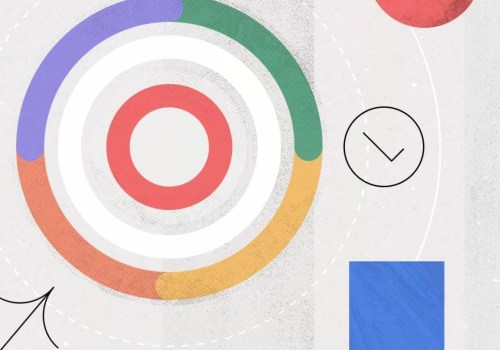Native advertising and sponsored content are two different types of ads on social media sites.
Native ads
are created by the company trying to advertise their product, while sponsored content is any type of media created by the publisher, brand ambassador or social media influencer. A native ad lives on a web page and links to sponsored media, owned or earned, in reality, anything the brand wants people to read. Sponsored content is a type of native advertising. It also intends to match form and function on the web page where it appears, blending in so that it appears to be a “native” part of the site.However, it is not a traditional ad, but rather a longer content, such as an article, a list or a video.
Native advertising
is a general term that covers a wide spectrum of ads, including sponsored content. These ads often include a title, an attractive description, and sometimes an image. They seem to be links to related content and, honestly, they are. The general difference between native advertising and branded content is that the former prioritizes product promotion (although not as blatantly as, say, a display ad), while the second focuses on storytelling and branding.Sponsored content is a form of native advertising. Sponsored content also matches the look of the content that the user is already consuming. The main distinction here is that sponsored content is often shown as long-form ads that appear as editorial or video content. Sponsored content is actually a form of native advertising. However, it's not a traditional ad unit, but rather a richer piece of content, such as an article, list, or video. They offer readers useful, relevant and valuable information that can entertain or educate them, or both.
First, the theory of the scheme suggests that advertorials deceive by keeping consumers from triggering their innate skepticism towards advertising. Native advertising can be an important part of your overall marketing strategy, especially when it comes to sponsored content. However, the underlying reasons for sponsored content are similar to those of native advertising, which is to inhibit the recognition of the ad by consumers by combining the ad with the platform's native content, leaving many consumers unaware that they are seeing an ad to begin with. The most effective native ads provide real value to the reader by linking to content or a product that the reader is genuinely interested in learning more about. Native advertising, also called sponsored content, is a type of advertising that matches the form and function of the platform on which it appears.
Hybrid platforms allow content publishing platforms to set up a private marketplace where advertisers have the option of bidding on ad space inventory, either through direct sales or programmatic auctions through what is known as real-time bidding (RTB). These numbers make native ads a fantastic option when you're expanding your brand to a new territory, introducing a new product line, or if you've acquired another company and want to make it your own. When you launch a native advertising campaign, it's useful to understand its evolution throughout history, mainly because many of the earliest native advertising methods are still used today. In fact, that's why Taboola exists to help advertisers deliver personalized content on the websites of premium publishers and capture people's attention just when they're ready to discover something new. These ads reduce the recognition of consumer ads by combining the ad with the platform's native content, even if it's labeled as sponsored or branded content. Native advertising and sponsored content allow media to become more of a platform for sponsored content rather than a platform for cheesy ads on the face like banner ads which let's face it just don't work. The New York Times for example runs its T Brand Studio dedicated exclusively to creating interactive articles on behalf of advertisers.
The first one places the product within the content while in native marketing which is legally allowed in the U. S. A. to the extent that there is sufficient disclosure the product and the content are merged.
There is a history of problems among content producers and their transparency from sponsors with respect to approval guidelines set by the Federal Trade Commission. That's why you'll often see branded content and native advertising being used interchangeably which is terribly misleading. DivvyHQ allows you to start with the seed of an idea create content around it and then publish it either as native ads or as your own content.











Leave a Comment